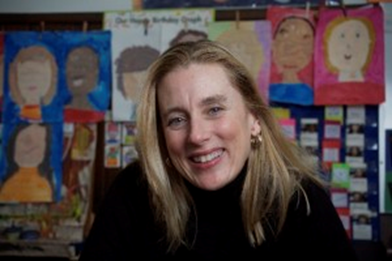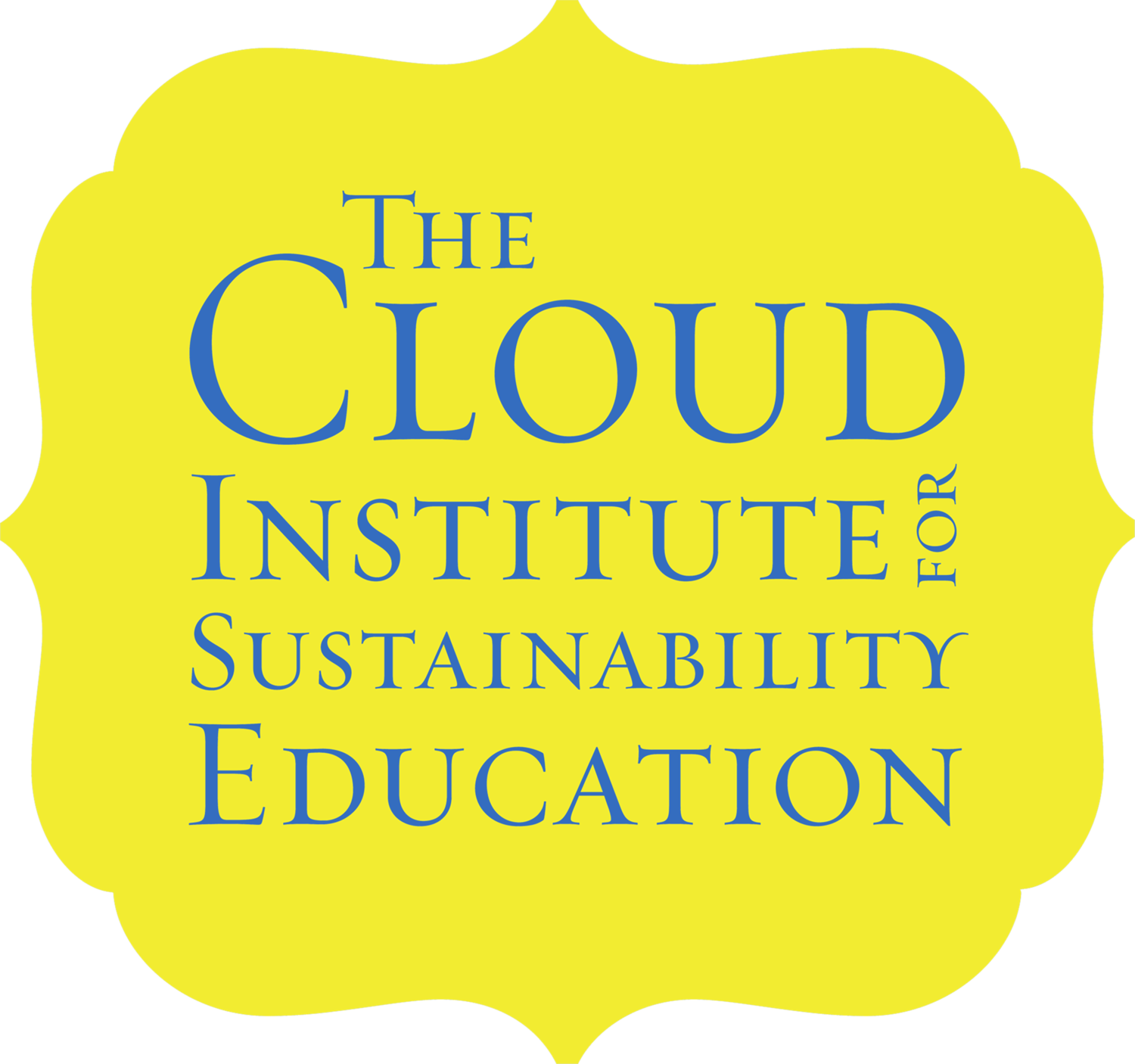Jaimie Cloud Wants YOU to Say No to Waste!
/Repost with permssion from: http://teachingforsustainability.com/index.php/2015/10/06/jaimie-cloud-wants-you-to-say-no-to-waste
Published October 2015

The more people I educate for sustainability, the more I am convinced that it is not our values that need adjusting, it is our thinking.
I don’t meet too many people with unjust values. I meet educators, students, community members, and people who work in non-profit organizations, businesses, and community based organizations, and governments. Our values are perfectly reasonable by any ethical or moral code. For the most part, the people I meet and work with are good people who love their families and friends, work hard at meaningful jobs, pay their bills, and want to leave this world better than we found it. So the question is, how could such good people be responsible for undermining the health of the living systems upon which our lives and all life depend?
The answer: the unintended consequences of our behavior are inconsistent with our values, and the laws that govern the physical world in which we live—and we simply did not see that coming. So what can we do about it? One of the Big Ideas of Education for Sustainability is, “Live by the Laws of Nature: We must operate within the physical laws and principles derived from nature rather than ignore them or attempt to overcome them. It is non-negotiable.” If we don’t have a choice, how is it possible that we are not abiding by them?
The 1st Law of thermodynamics, a law of physics, explains why matter and energy don’t appear or disappear from Earth—why we say there is no such place as “away”. Here is a classic example: as a result of the forces of gravity and the 1st Law of thermodynamics the stuff we have here on Earth—the water, the soil, the metals, the yogurt containers, the whole material world—is what we have to work with, forever. Everything we eat, breath and use comes from somewhere on Earth and goes back to somewhere on Earth. Since matter cannot be created or destroyed, nature up-cycles everything, creating value every time things move through the cycle of biological materials, and so life goes on. While entropy (another law of physics called the 2nd Law of Thermodynamics) breaks things down over time, photosynthesis puts it all back together by producing order and structure. Think: trees, leaves, decomposition, soil; trees, leaves, decomposition. More examples of material cycles include the rock cycle, the water cycle, and the nitrogen cycle—around and around and around they go…that is how it works.
Somehow, we good people of planet Earth must have missed the memo.
We produce materials that can’t join the biological cycle and create a thing we call “waste” i.e., materials that have no use. Even things that can be composted end up in the waste stream. We produce waste and we throw it out to a fictional location we call, “away”. We have been ignoring the 1stLaw! We are, in fact, the only species that leaves behind materials that have no value to any other living system. The only one. “Waste” has become such a normal thing that we don’t even think about it. What are we thinking? We need a new normal.
A no waste society will contribute to our ability to be a sustainable society. That is where we are headed. After all, waste is, well, a waste. For every 100 lbs of manufactured goods we produce, we generate 3000 lbs of waste in the U.S. (Hawken). We waste 50% of our food in the U.S., and the same globally (USDA). Given that more and more people are going hungry in this world– especially farmers, it is as wrong as it is unfair. It is unsustainable for us to continue to use up natural resources (forests, fisheries, farmland) at a rate of 50% faster than the Earth is able to replenish them—and a huge part of our ecological footprint is waste and wasted. We have a design challenge and we have a different choice to make. The design challenge is fairly straight forward. Design and use things that can be re-used, upcycled, or continually left out of the waste stream. We already have a “techno-cycle” (a human-made invention that mimics the way nature cycles materials) for things that can’t go back to nature (plastics, metals, chemicals etc.). So let’s stop pretending that there is such a place as, “away”—and cycle things we can. We can all take responsibility for the difference we make. Simply put, we need to become conscious of where our stuff comes from, what’s in it, and where it is going when it leaves our care. It is a lot of responsibility, so it will be easier if we keep the flow of stuff, to a minimum. Anything that can go into the compost pile and back to nature contributes to nature’s ability to sustain our lives and other life on Earth. Anything that can’t, needs to be continually up-cycled in the techno–cycle. No waste. A healthy, fair and sustainable future is possible and everything we do and everything we don’t do makes a difference.
FURTHER READINGS
- Cycling Programs in NJ: www.Terracycle.com; www.carpetcycle.com; http://ucnj.org/recycling
- The Cloud Institute’s Exemplary K-12 Lesson Series Sponsored by Terracycle: /free-k-12-exemplary-lessons
- Sustainable Jersey: http://www.sustainablejersey.com/actions-certification/participating-communities; www.sustainablejerseyschools.com (428 NJ communities have signed up to participate in Sustainable Jersey and the children, young people and their teachers in 109 school districts and 284 schools have joined their communities to learn how to make the shift toward a sustainable future)
- Clean Green Renewable Energy: http://climate-l.iisd.org/news/ren21-reports-decoupling-of-co2-emissions-and-economic-growth-in-2014 (A clean green economy makes sense for all of us. Dream it, educate for it, and build it.)
- Cradle to Cradle Design: The Next Industrial Revolution: http://www.theatlantic.com/magazine/archive/1998/10/the-next-industrial-revolution/304695
- Biomimicry http://biomimicry.net
- AskNature http://www.asknature.org
